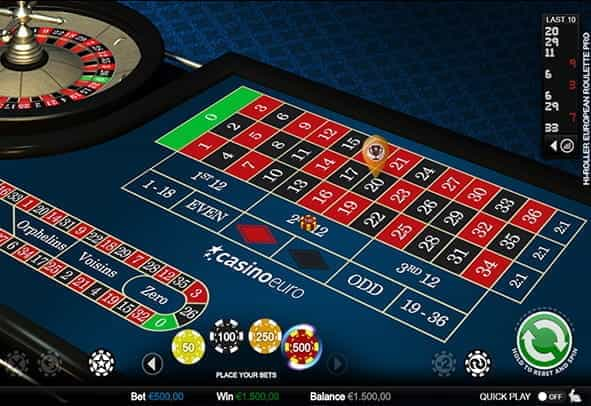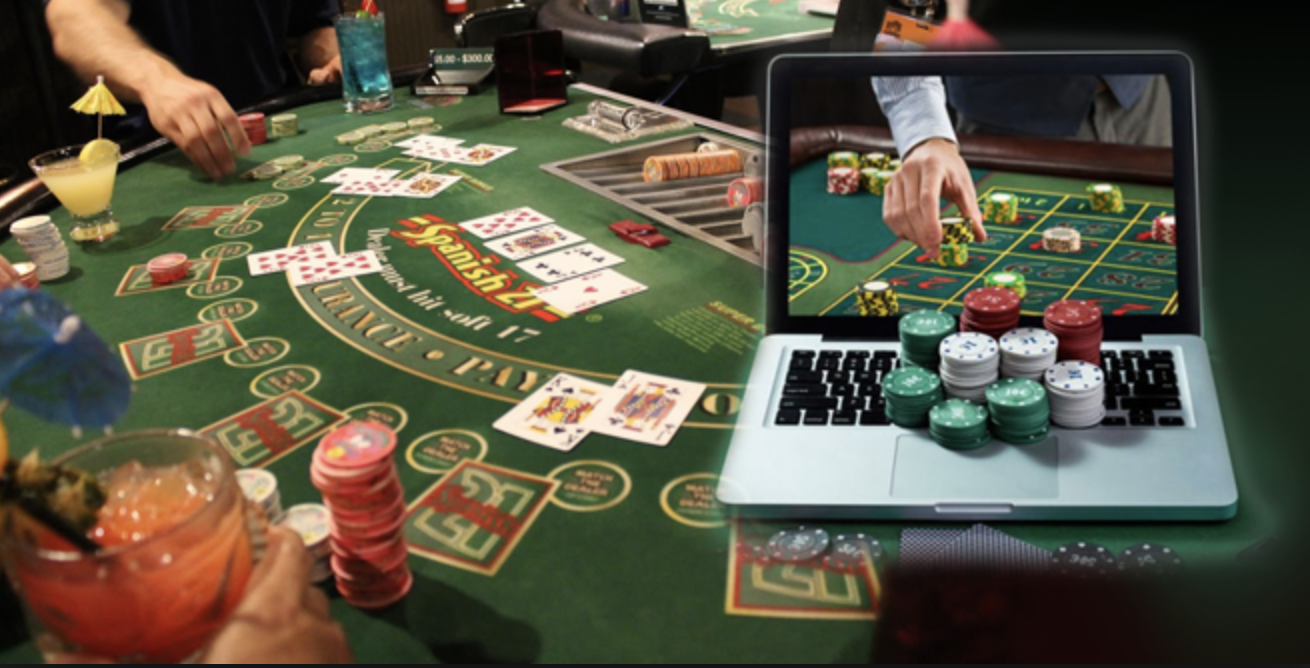
Jeśli poszukujesz fascynujących doświadczeń wędkarskich, darmowa wersja demonstracyjna Fish Road zapewnia pełny dostęp do funkcji gry, pozwalając Ci poznać wszystko, co jest do zaoferowania bez żadnych zobowiązań. Masz możliwość personalizować swoje łowiska i brać udział w konkursach w realnym czasie z innymi graczami. Rozgrywka oferuje nie jedynie zachwycające wizualizacje, ale również buduje mocną społeczność online. Chcesz poznać, jak najlepiej wykorzystać swoją wędkarską przygodę? Fish Road Automat
Czym jest Fish Road?
Jeśli kiedyś śniłeś o niezapomnianej podwodnej przygodzie, to Fish Road może być Twoją następną ulubioną rozgrywką. Wyobraź sobie, że poruszasz się w barwnych wodach, spotykasz niezwykłe gatunki ryb i opanowujesz umiejętność wędkowania – wszystko w zaciszu swojego urządzenia.
Fish Road to nie jedynie zwykła gra wędkarska; to drzwi do fascynującego świata, w którym strategia łączy się z emocjami. Rozwiniesz swoje umiejętności, polować na rzadkie okazy i pokonywać rywali w czasie rzeczywistym. Każdy rzut wędką to świeże wyzwania i możliwości rozwoju.
Dodatkowo, aspekt społecznościowy rozgrywki sprzyja zdrowej konkurencji i kooperacji. Jeśli jesteś przygotowany zanurzyć się w interaktywną, wciągającej przygodzie, która wyostrzy Twoje zmysły i rozwinie Twoje zdolności, Fish Road czeka na Twoją eksplorację!
Główne cechy Fish Road
Kiedy tylko uruchomisz Fish Road, od razu dostrzeżesz intuicyjny interfejs, który sprawia, że każdy jest w stanie bez trudu zacząć grę.
Docenisz również analizę wyników w realnym czasie, która pomoże Ci podejmowanie lepszych decyzji w trakcie wędkarskich wypraw.
Ponadto elastyczne miejsca połowu umożliwiają dostosować łowisko do osobistych upodobań, co sprawia, że każda wyprawa jest niepowtarzalna!
Użytkownikowi przyjazny design interfejsu
Zanurzając się w Fish Road, od razu docenisz intuicyjny interfejs, zaprojektowany z myślą o graczach takich jak Ty. Każdy element jest strategicznie rozmieszczony, aby zapewnić płynną nawigację, pozwalając Ci skupić się na doskonaleniu talentów wędkarskich bez rozpraszania uwagi.
Układ sterowania jest naturalny, oferując bezproblemowy dostęp do różnych funkcji – od doboru przynęty po kontrolę połowów. Dzięki przejrzystym ikonom i estetycznemu designowi łatwo wciągniesz się w grze. Nie musisz spędzać czasu na naukę trudnych mechanizmów; zamiast tego możesz od razu wciągnąć się w rozgrywce.
Ten przyjazny użytkownikowi interfejs nie tylko poprawia rozgrywkę, ale także zwiększa pewność siebie, gwarantując, że zawsze jesteś pochłonięty i gotowy do podjęcia każdej wyprawy na ryby.
Analiza połowów w czasie rzeczywistym
Odkryjesz, że Fish Road oferuje dane wędkarskie w czasie rzeczywistym, które odmienią Twoje nastawienie do każdego połowu.
Dzięki szczegółowym statystykom na wyciągnięcie ręki możesz monitorować temperaturę wody, pogodę i reakcje ryb, co pozwoli Ci realizować świadome decyzje.
Dane te pozwalają przekształcić strategię połowową z przypuszczeń w świadomą naukę.
Nie będziesz tylko rzucał wędkę, dostosujesz swoje strategię, aby osiągnąć wyższe rezultaty.
Dane są uaktualniane na bieżąco, co pozwala na natychmiastową adaptację do dynamicznych warunków.
Niezależnie od tego, czy jesteś doświadczonym wędkarzem, czy początkującym, opanowanie tych perspektyw zwiększy poziom Twojej gry w wędkowanie.
Ponadto dzięki wizualnym reprezentacjom można łatwo analizować wzorce na przestrzeni czasu.
To nowatorskie narzędzie zapewniające każdemu wędkarzowi uzyskanie najwyższych sukcesów na wodzie.
Dostosowywalne lokalizacje wędkarskie
Fish Road oferuje wędkarzom szansę personalizacji miejsc połowowych do indywidualnych upodobań i oczekiwań.
Odkryjesz zróżnicowane otoczenia, od spokojnych jezior po tętniące życiem rzeki – każde przystosowane do Twoich wędkarskich sukcesów. Wybierz preferowane siedlisko w oparciu o rodzaj ryb, czas dnia lub pogodę, co umożliwi Ci stworzyć strategię jak nigdy dotąd.
Ta personalizacja nie tylko zwiększa Twoje szanse na złowienie wielkiej ryby, ale także zmienia każdą wyprawę wędkarską w wyjątkową przygodę. Dopasowując lokalizacje do swoich umiejętności i celów, kreujesz wędkarskie doświadczenie, które jest rzeczywiście osobiste.
Zdobądź umiejętność rybołówstwa dzięki wszechstronnym łowiskom na Fish Road i zmień swoją pasję w dokładność. Następne nagroda jest w zasięgu ręki!
Jak dostać się do bezpłatnej demówki
Wejście do bezpłatnej wersji demonstracyjnej Fish Road jest niezwykle prosty i jest dostępny, realizując tylko parę czynności.
Po pierwsze przejdź na stronę główną Fish Road. Na głównej stronie ujrzysz widoczny przycisk demonstracyjny. Po prostu go nacisnąć, a zostaniesz przekierowany na stronę rejestracji. Uzupełnij wymagane dane i bez obaw – to ekspresowe i proste.
Po rejestracji sprawdź swoją skrzynkę e-mail, aby odnaleźć link weryfikacyjny. Naciśnij go, a dostęp do wersji demonstracyjnej zostanie aktywowany!
Proces instalacji odbywa się bezproblemowo i zanim się zorientujesz, zanurzysz się w niesamowity uniwersum Fish Road. Wykorzystaj maksymalnie tę szansę, aby udoskonalić swoje umiejętności i odkryć całość, co gra ma do zaoferowania!
Mechanika rozgrywki i porady
W rozgrywce Fish Road opanowanie podstawowych zasad sterowania to pierwszy krok do sukcesu, więc nie ignoruj ich ważności.
Ponadto szukaj wzmocnień i ulepszeń, które mogą zmienić przebieg gry na twoją korzyść.
Dzięki właściwej taktyce w mgnieniu oka prześcigniesz rywali!
Przegląd podstawowych elementów sterujących
Zanurz się w pełnej energii mechanice Fish Road dzięki łatwemu sterowaniu, które sprawia, że rozgrywka jest zarówno przystępna, jak i satysfakcjonująca. Za pomocą łatwych ruchów będziesz sterować rybą, przechodząc przez przeszkody i kolekcjonując po drodze skarby.
Stuknięcie w ekran włącza dopalacze, dzięki którym będziesz mógł wyprzedzać przeciwników i wchodzić w ukryte przejścia. Pamiętaj, synchronizacja jest kluczowe – oczekuj ruchy i odpowiadaj szybko, aby odnieść sukces.
Opanowanie sterowania oznacza zrozumienie unikalnych wzorców ruchu każdej ryby, dlatego zwracaj uwagę na ich zachowanie. Trening tych elementów sterowania pozwoli Ci zoptymalizować strategię i poprawić wrażenia z rozgrywki.
Gdy już poczujesz się komfortowo, poznasz wciągający rytm Fish Road, dzięki któremu każda sesja przekształci się w mistrzostwo techniki i ekscytację.
Power-upy i power-upy
Power-upy i power-upy to kluczowe elementy, które warto opanować w Fish Road. Te unikalne umiejętności mogą znacząco wpłynąć na rozgrywkę, pomagając skuteczniej przechodzić wyzwania.
Obserwuj power-upów, takich jak dopalacze, które umożliwiają ci przezwyciężać przeszkody, lub tarcz osłaniających przed możliwymi zagrożeniami. Wyczucie czasu jest kluczowe – uruchomienie power-upa w odpowiednim momencie może przełamać losy trudnego poziomu.
Kolekcjonowanie wzmocnień podczas podróży nie tylko podnosi Twoją prędkość, ale także podnosi wynik. Przyzwyczaj się do eksperymentowania z różnymi kombinacjami, ponieważ łączenie wzmocnień może dać zdumiewające rezultaty.
Poddaj się nauce, a będziesz mocną siłą na wodzie!
Strategia sukcesu
Choć opanowanie mechaniki rozgrywki w Fish Road może na początku być przytłaczające, solidna strategia może wkrótce poprawić rozgrywkę.
Skoncentruj się na zrozumieniu unikalnych cech swoich ryb – każda wnosi coś innego. Priorytetem jest ulepszanie ryb, które odpowiadają Twojemu stylowi gry, aby uzyskać maksymalną skuteczność.
Używaj power-upów z ostrożnością – ich kumulacja może przesądzić o losach gry. Zawsze obserwuj otoczenie; kluczowe jest, kiedy wykonać unik, a kiedy atakować.
Wreszcie, ćwiczenie czyni mistrza. Im więcej grasz, tym lepiej rozwiniesz swój instynkt i wyczucie czasu. Bądź elastyczny i dopracuj swoje podejście w zależności od wyzwań, z którymi się spotykasz.
Stosując te strategie, nie tylko przetrwasz, ale i będziesz odnosić sukcesy w żywym świecie Fish Road.
Projektowanie wizualne i dźwiękowe
W żywym świecie Fish Road aspekty wizualne i dźwiękowe tworzą pamiętne wrażenia z gry, które wciągają crunchbase.com Cię w jej wodne głębiny. Wejdź w oszałamiającej grafice i urzekającym dźwięku, które wzniosą Twoją grę na wyższy poziom.
Oto, czego możesz się oczekiwać:
- Żywa grafika
- Dynamiczne animacje
- Wciągające pejzaże dźwiękowe
Dzięki tym składnikom Fish Road zapewnia nie tylko grę, ale kompletną podwodną wyprawę czekającą na poznanie.
Społeczność i funkcje online

Fish Road to nie tylko Wasza indywidualna wyprawa; to także dynamicznie rosnąca komuna użytkowników gotowych wymieniać poradami, strategiami i doświadczeniami. Nie jesteś sam w tej podróży; masz dostęp do forów i grup w mediach społecznościowych, gdzie zaawansowani użytkownicy dyskutują skomplikowane mechaniki i ujawniają ukryte sekrety.
Współdziałanie z pozostałymi użytkownikami wspiera udoskonalać umiejętności i dostosowywać rozgrywkę, dzięki czemu stajesz się wyjątkowy w komunie. Uczestnicz w wydarzeniach wieloosobowych, które przetestują Twoje zdolności w konkurencji z innymi użytkownikami, umożliwiając kolektywne strategie i przyjazną konkurencję.
Dodatkowo znajdziesz ekskluzywne zadania społecznościowe, które nagradzają osoby, które integrują i wymieniają swoimi osiągnięciami. Zanurzając się w ten połączony świat, ulepszysz Twoje doświadczenia z gry Fish Road i rzeczywiście zrozumiesz grę.
Przyszłe aktualizacje i rozszerzenia
Wchodząc głębiej w uniwersum Fish Road, odkryjesz, że twórcy gry zrobili wszystko, aby gra była nowa i ekscytująca, dzięki regularne aktualizacje i ekspansje.
Oczekuj:
- Nowe wyzwania
- Ulepszone cechy
- Treści generowane przez użytkowników
Te aktualizacje nie tylko ulepszają rozgrywkę, ale również powodują, że opanowanie Fish Road będzie jeszcze bardziej satysfakcjonujące.
Bądźcie na bieżąco i bądźcie gotowi na awans!
Często zadawane pytania
Czy Fish Road jest dostępny na urządzeniach mobilnych?
Tak, gra jest dostępna na urządzeniach mobilnych! Pokochasz wygodę gry w podróży. Dzięki całkowitemu dostępowi do funkcji zrozumiesz grę, bez względu na miejsce, a każdy moment stanie się przygodą. Zanurz się w nią już dziś!
Czy mogę zapisać postępy w wersji demonstracyjnej?
W wersji demonstracyjnej nie da się zapisać swoich postępów, więc koniecznie poznaj wszystkie funkcje podczas gry. Mistrzostwo wymaga praktyki, a ta wersja demonstracyjna daje Ci szansę na poprawę swoich umiejętności!
Jakie języki obsługuje Fish Road?
Zauważysz, że gra obsługuje różne języki, dzięki czemu pojąć każdy niuans i instrukcję. Została zaprojektowana z myślą o wciągającej rozgrywce, co sprawia, że możesz całkowicie się w nią zaangażować, bez względu na wybranego języka. Ciesz się każdą chwilą!
Czy w Fish Road można dokonywać zakupów?
Tak, w grze Fish Road dostępne są zakupy. Te możliwości mogą poprawić wrażenia z gry, dostarczając niepowtarzalne przedmioty lub korzyści. Inwestycja w nie może znacząco podnieść jakość gry, sprawiając, że jest jeszcze przyjemniejszą i bardziej angażującą.
Jak często dodawane są nowe funkcje do Fish Road?
W grze regularnie dodawane są nowe funkcje, co sprawia, że rozgrywka jest świeża i ekscytująca. Deweloperzy biorą pod uwagę opinii graczy, zapewniając ulepszenia, które pomogą Ci zrozumieć rozgrywkę i utrzymać zaangażowanie. Bądź na bieżąco!




















